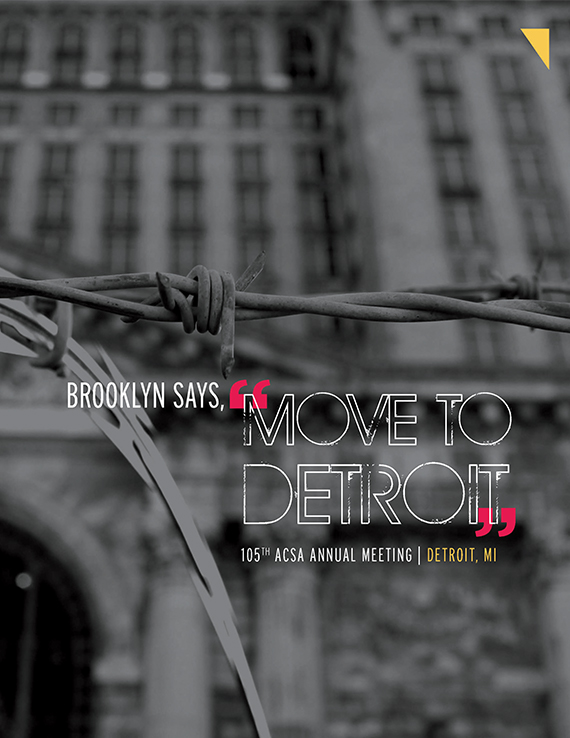Author(s): Deirdre L.C. Hennebury
In 2015, Detroit was named a UNESCO “City of Design” and Liverpool, a “City of Music.” For Liverpool, this award marked the third in a series of commendations from the UN’s cultural arm and the European community. In 2004, the city was inscribed on the UNESCO list of World Heritage Sites as a “Maritime Mercantile City” in recognition of its role in the development of a 19thcentury global trading network. In 2008, Liverpool was honored further as a “European Capital of Culture,” a rebranding that emphasized the city’s cultural pedigree over its industrial past. This paper examines the case study of the Tate Liverpool, an adaptive reuse project completed by the architect James Stirling in 1988. TheTate initiative, though small in scale, was one of a series of public-private investments in the 1970s and 1980sthat galvanized the City of Liverpool into a reconsideration of its heritage structures and their potential as incubators for a new, diversified economy that emphasized culture. In terms of its architectural sensitivity, institutional dedication to cultural development, and the public-private initiatives that made it possible, the story of the Tate Liverpool provides a pertinent exemplar for revitalization strategies in Detroit and other post-industrial cities where the historic, physical identity of the city can and should be leveraged in its continued renewal.
https://doi.org/10.35483/ACSA.AM.105.8
Volume Editors
Luis Francisco Rico-Gutierrez & Martha Thorne
ISBN
978-1-944214-08-1

 Study Architecture
Study Architecture  ProPEL
ProPEL 
